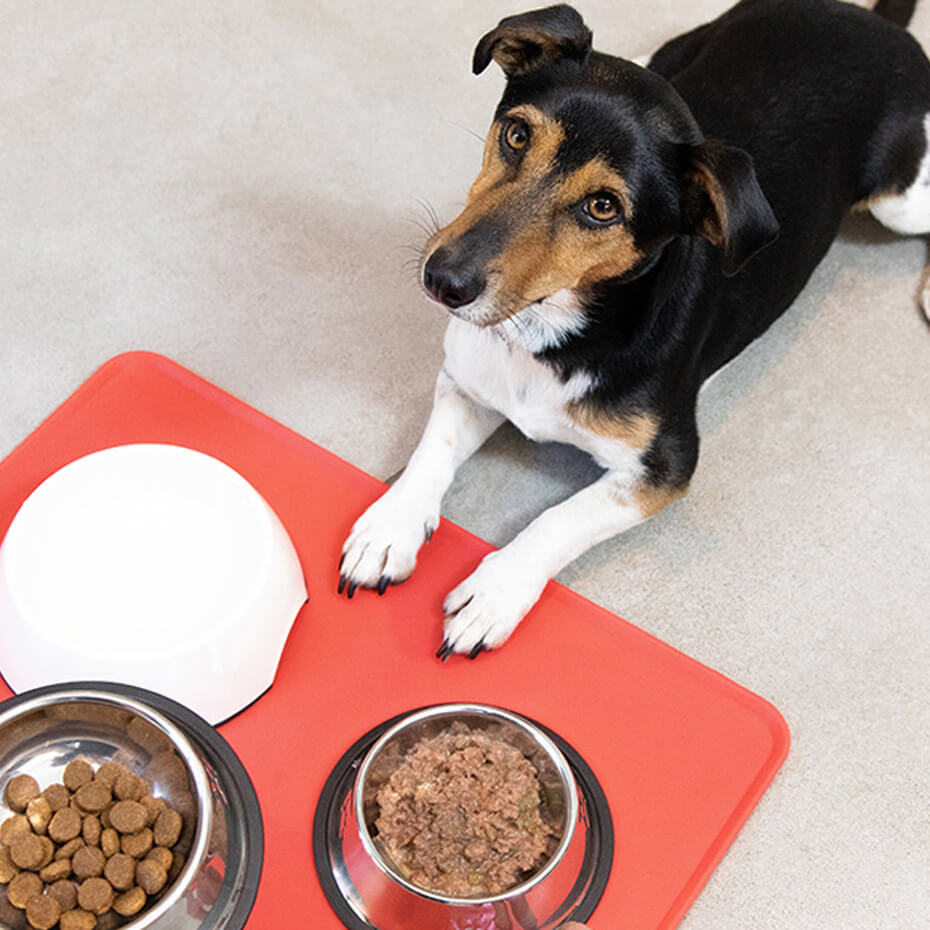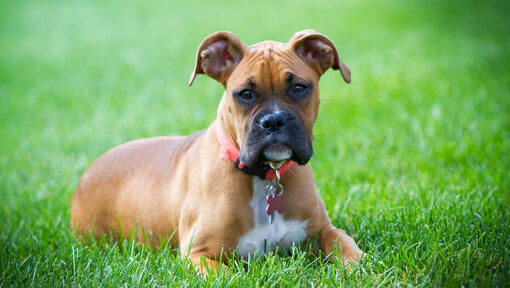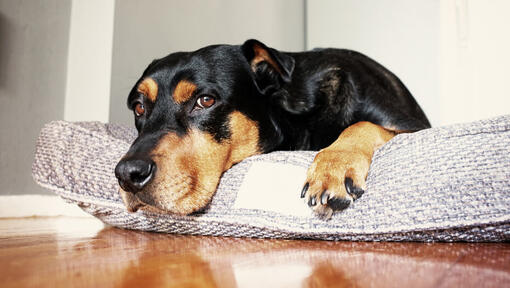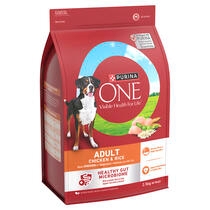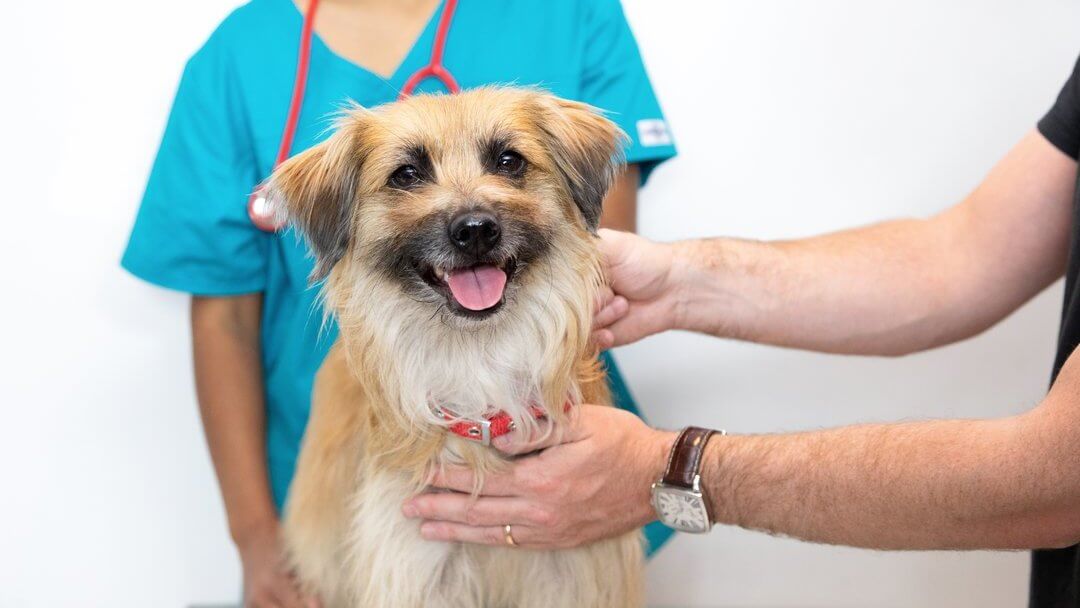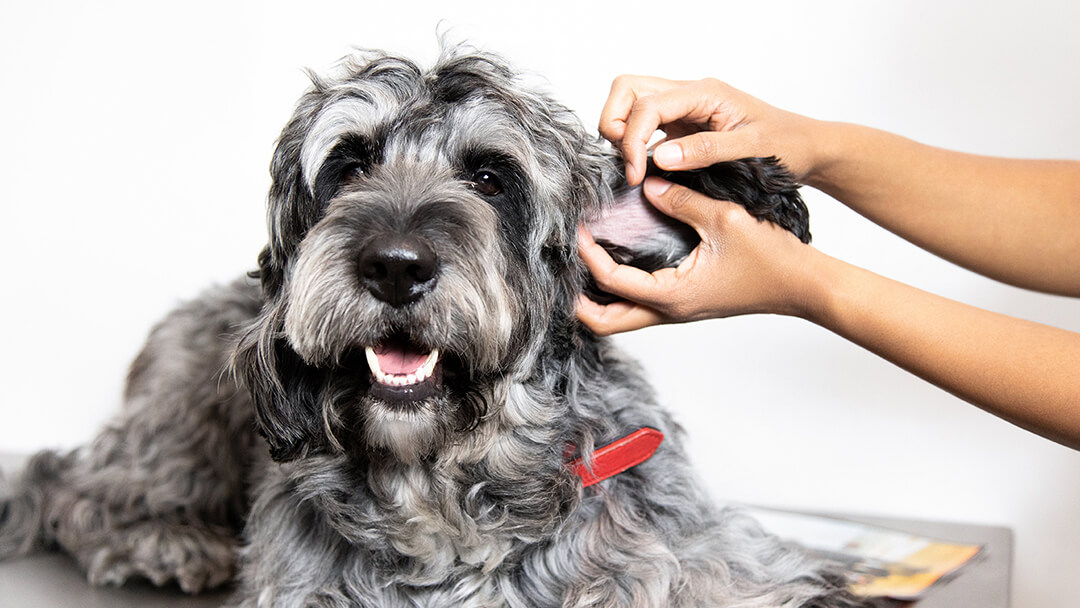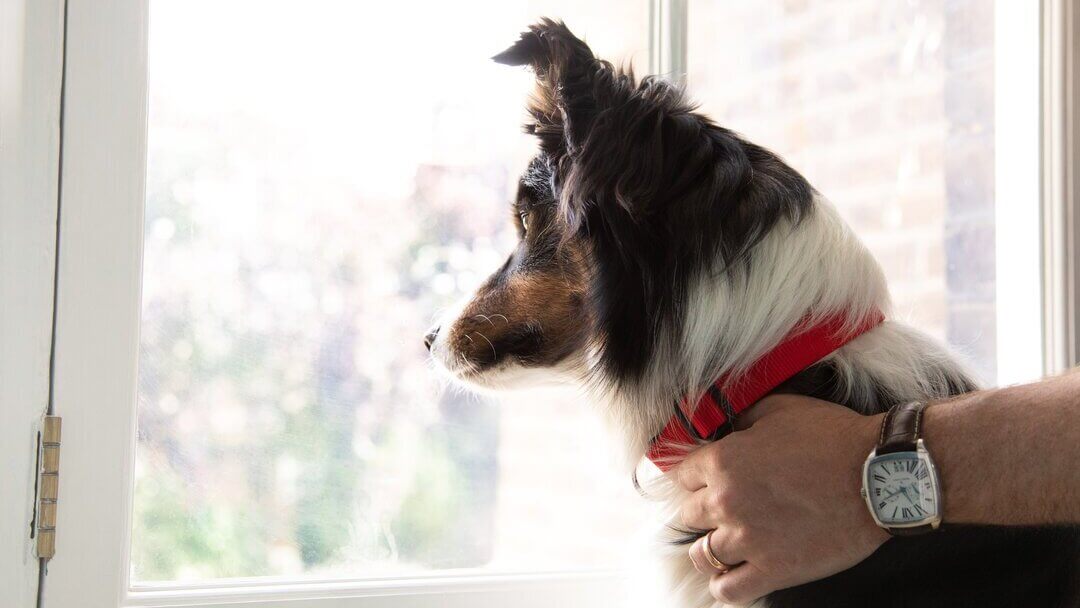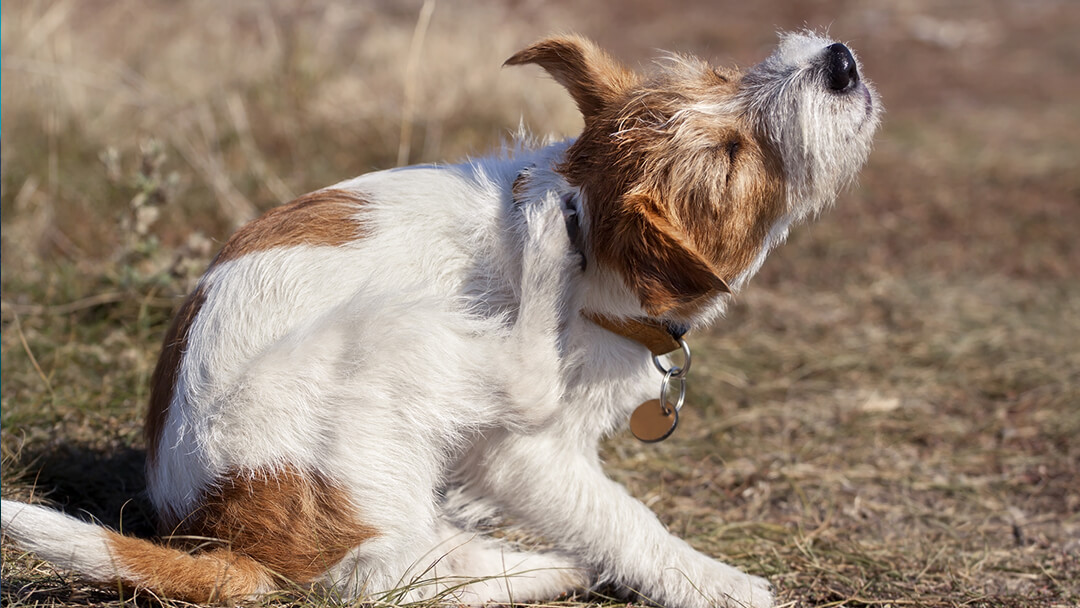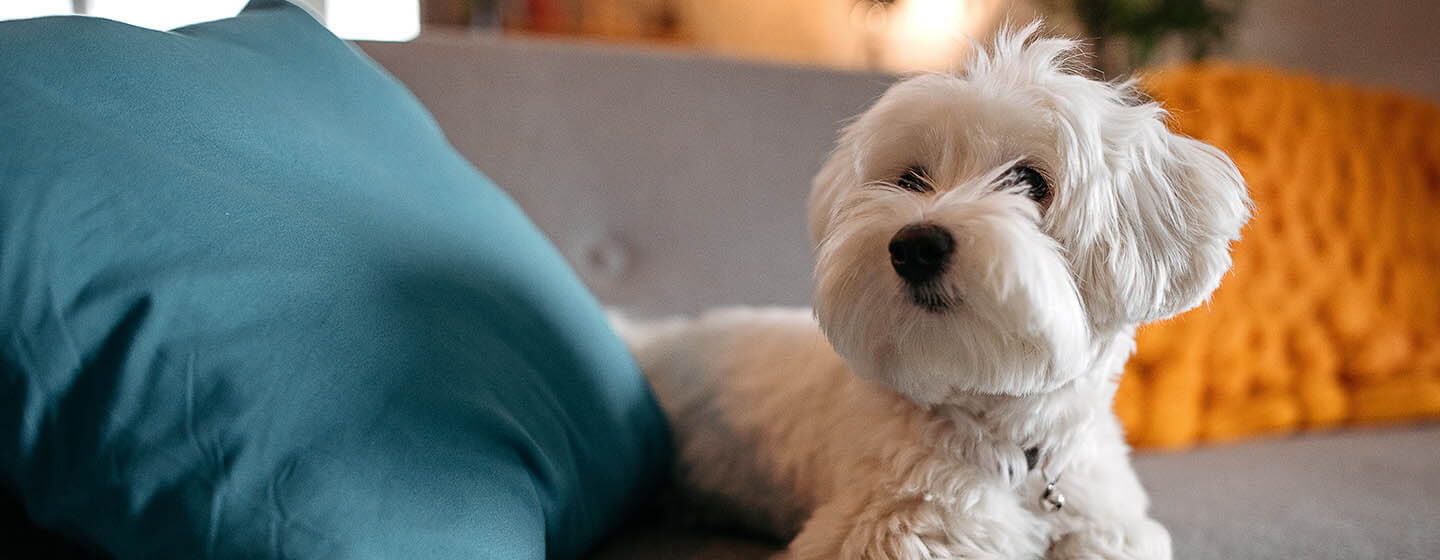
It may surprise you to learn that dogs can get acne just like humans! Find out all about the causes and symptoms of acne in dogs and what you can do about it here.
Much like with humans, dogs can get acne when they start to go through puberty. In dogs, puberty occurs between five to eight months old which is when dog acne will be likely to appear, and in most cases it will disappear on its own by the time they reach one year old.
Dog acne is more common than you might think and generally affects the facial area including lips, chins and muzzles. Cases can range from mild to severe and it’s important for dog owners to recognise the signs and know when to seek help from a vet.
Keep reading to find out the possible causes and symptoms of dog acne and the currently available treatment options for your dog.
Causes of dog acne
Acne in dogs is caused by the same things that cause human acne, a combination of excess oily sebum and dead skin cells mixing together which causes the hair follicles to get clogged, resulting in raised and red lumps, blackheads or whiteheads.
There can be numerous reasons why this may occur including genetic factors, hormonal changes, food and environmental allergies and in some cases, trauma. Additionally, sometimes dog acne can just be a normal part of adolescence which will occur no matter what preventative measures you may take.
Dog breeds most likely to develop acne
Dog acne can occur in all dog breeds but there are certain types that are more susceptible to it. These are generally breeds that have short coats and/or wrinkly skin or deep skin folds. The breeds most likely to develop it are:
Symptoms of dog acne
It’s important to recognise the symptoms of dog acne to ensure that you know when to seek help from a vet. The most commons symptoms for the condition are:
- May appear as red bumps, blackheads or whiteheads
- Your dog might scratch their face against things such as carpets or furniture as the spots or lumps could be itchy
- The lumps might swell or become inflamed and can be painful to the touch
Diagnosis of acne in dogs
Dog acne is extremely easy to diagnose by sight alone, due to the appearance of red lumps or whiteheads. Generally, it’s more of a cosmetic issue to owners as it’s usually not painful and will disappear over time, however if it does cause your dog pain you should take them to a vet.
When your vet is diagnosing the condition they’ll firstly rule out other possible causes such as Demodicosis which is a kind of mange, ringworm fungus which can appear as acne, or puppy strangles, a disease found in puppies. Usually samples will be taken to discover the cause of the condition and to ensure there’s no larger problem causing it.
Treatment of acne in dogs
Luckily, there are a huge amount of options available to treat dog acne. You can purchase antibacterial and medicated shampoos from your local pet store.
These usually contain Aloe Vera which is good for treating skin problems and is often found in acne skin creams for humans. It’s important that you only use treatments specifically for dogs as human shampoo or creams can cause their sensitive skin to dry out and in some cases adverse reactions may occur.
If your dog’s acne looks like it may be getting worse or if you’re concerned that an infection may be developing, you should take your dog to a vet as soon as possible. Your vet may prescribe topical treatments such as ointments, oral medications or medicated soaps to help to clear the acne up.
Always resist the urge to pick at your dog’s spots as this may lead to an infection and can make the problem worse. The best way to deal with mild cases of the condition (if it’s not causing your dog discomfort or pain) is to just use a warm cloth to reduce any visible swelling and keep the area clean.
Dog acne prevention
Dog acne is usually just a normal symptom of puberty in dogs, but there are still certain preventative measures you can take to keep it at bay. The best way to prevent it occurring is by keeping your dog’s muzzle clean and dry and by giving it a quick wipe after meal times. If you have a dog with deep facial skin folds such as a Bulldog or a Boxer, ensure that you clean deep into their folds to clean out any trapped dirt that could result in acne.
Usually, dog acne will resolve itself as your dog ages (much like it does in human teenagers), so there’s usually no reason to worry. Be sure to keep an eye on it and if you’re concerned always seek the advice of a vet.
For more dog health and nutrition advice take a look at our content hub, full of useful information for keeping your dog happy and healthy.

